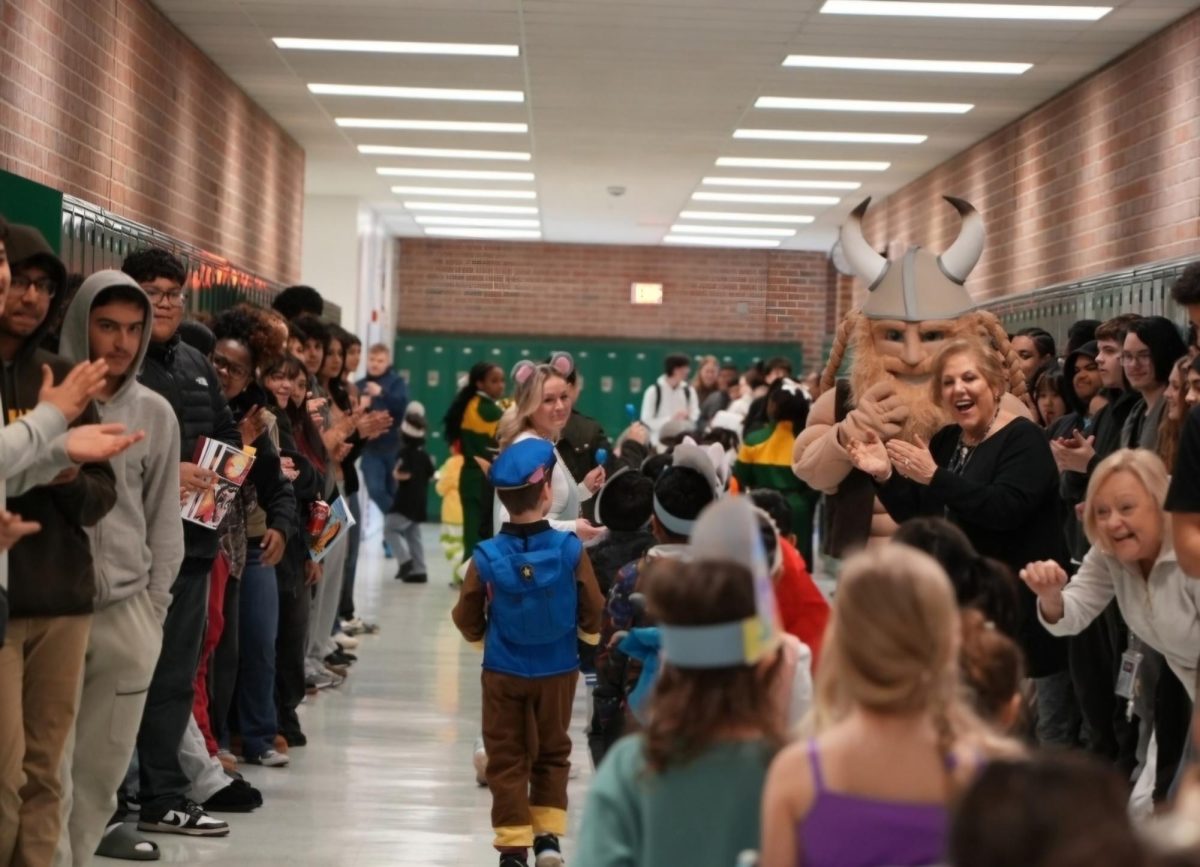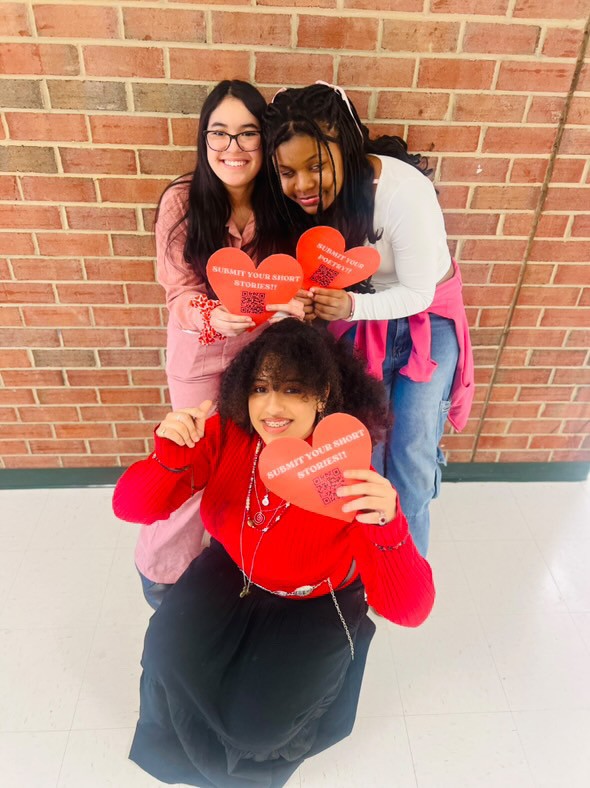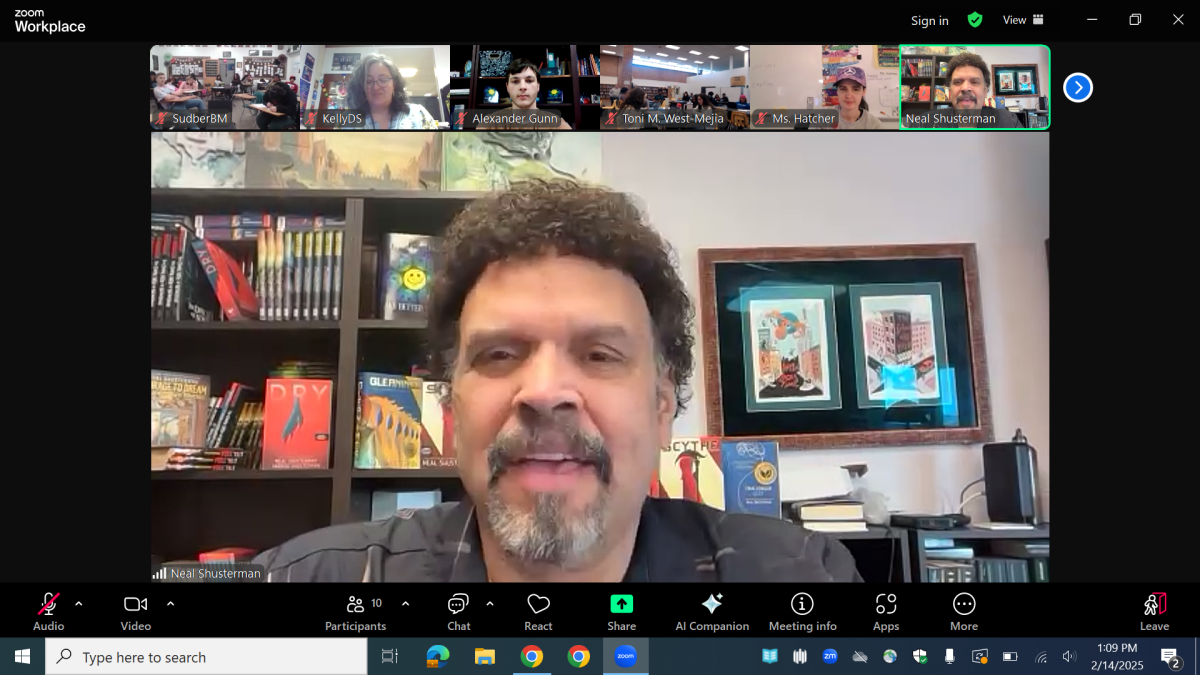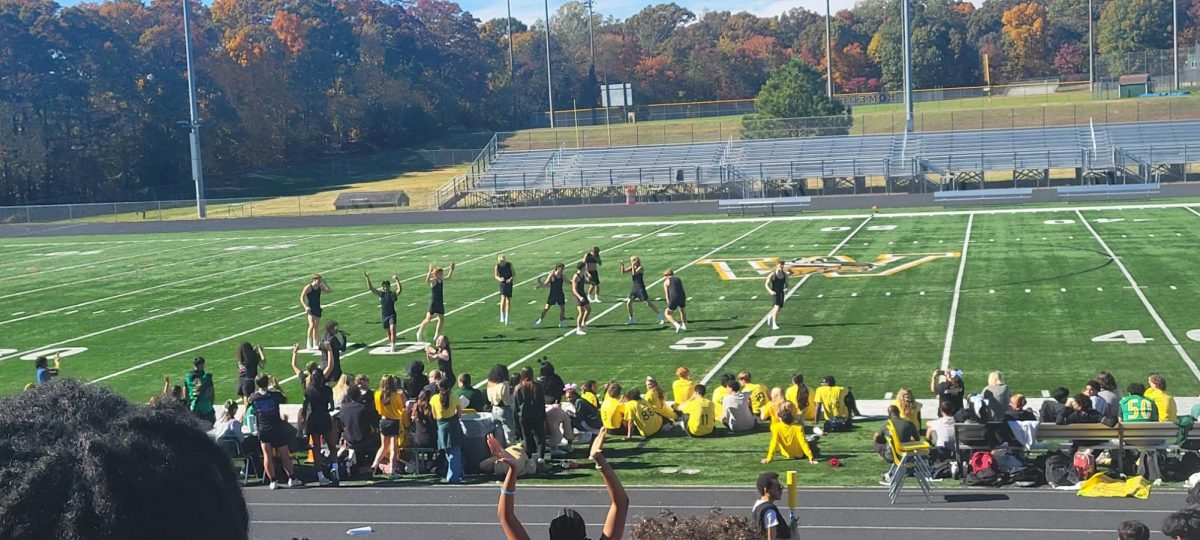Virginia is one of the most environmentally diverse places in the United States. The regions of vary from, rolling hills, to flat lands, to woodlands, to high mountains. Northern Virginia, in which we reside, has a diverse ecology. There are a vast amount of plants native to Northern Virginia and ones which individuals can find in their backyard. However, even with a grand number of plants that make up the ecosystem in our part of Virginia, many of the species are not native to this area of the U.S. These non-native species quickly become invasive and are a hazard to Northern Virginia wildlife. Fixing the issue is no easy feat, but to be well informed is a step in the right direction.
The question of how invasive plants affect the environment and what negatives they bring is an important one to address. Invasive species are usually non-native to the area in which they are found. These plants often take over spaces in which they are not supposed to be and prevent native plants from growing. According to biologist Christopher Wicker these invasive plants are the first to ‘green out’ with their leaves “emerging before the native plants.” This gives the non-natives an upper hand in spreading out. An example would be the “Japanese honeysuckle which grows over native plants and depriving them of proper sunlight needed to survive” Wicker explains. Environmental science teacher, Sara Groome expands on this adding that invasive species also have “no natural predators in a new area.” This allows plants to grow quickly and repopulate (along with invasive animals). Once this happens the encroaching plants take up resources that would be used for natives. Over time, invasive species have to potential to push native plants into extinction further removing the biodiversity of an area.
There are a multitude of ways that invasive vegetation wind up in areas that they are not home to. This can be both intentional, when humans bring in new plants or animals from another country, or unintentional. Examples include seeds or in other cases insects being packaged and shipped from a foreign country into a non-native area. All of these are the most likely ways that non-native plants are introduced into a new biosphere. It is quite difficult to fully eliminate the bringing of such detrimental plants to new, non-native areas. However, humans can stop and think before taking a non-native plant away from its home. Yes, the plant may be gorgeous, but the fact still stands that the cons outweigh the pros as discussed previously. In such cases, it is better to admire these plants from a distance and instead, care for native plants.
There are quite a few invasive plants that can be identified in Northern Virginia, many of which may be sitting in the garden or lawns of neighbors, even oneself. Some of the most common invasive plants would be the Callery Pear which are defined by, according to biologist Christopher Wicker “blooming white flowers.” The multiflora rose, the tree-of-heaven and the autumn olive are other common invasive plants in Norther Virginia. Another invasive species not native to the Prince William area, would be the English Ivy which is a very common type of ivy plant that is detrimental to surrounding vegetation. Invasive species can be identified by their shapes, and it is important to note that in a place filled with invasive plants, there will be few native plants. This site reveals the types of vegetation that is non-native to northern Virginia and how they affect the surrounding environment.
Now, most might be wondering, what are the alternatives to these damaging plants. Not only that but what can we as a community do to fix the issue regarding invasive species? There are many different options on what to do regarding the removal of invasive species. “These plants can be removed by hand, cutting the plants near the ground often or by applying herbicides (safe ones) to stunt their growth,” Christopher Wicker advises. After removing these plants, replace them with flora native to Northern Virginia so that the true natives can flourish. Some of the most common native plants to Virginia include Dogwood trees, milkweed, and ferns. This hyperlink takes you to a website providing a list of invasive plants in Norther Virginia and their native alternatives.
In our own county (PWC), our governing body is trying their best to help with the control of invasive plants. Unfortunately, there is only so much they can do. Speaking to Deputy Chief of Staff, Adam Hamby, who relayed information to me from Board Supervisor Kenny Boddye he confirmed this. Mr. Hamby stated that “Prince William County does not have the power to regulate the types of seeds sold”. This means that the sale of invasive plant seed cannot be stopped by the county. All this is since Virginia is considered a ““Dillion Rule” state and not a ‘Home Rule” state” according to Deputy Chief of Staff, Adam Hamby. To simplify this, the county is not allowed to regulate certain products that are being sold. Actions such as this are restricted and can only be done if legislature is granted (in this case, it is not). So the best course of action is for individuals to not purchase invasive plant seeds and deeply research native flora.
There is so much to be done for our environment. All of which starts right in our own backyards. Northern Virginia continues to hold a wild variety of wildlife, however, with the threat of invasive species that continues to grow, Virginia’s native wildlife is put at risk. Becoming informed about such matters is a wonderful way to make a difference. The little things like replacing invasive species of plants with flora home to Northern Virginia is a step in the right direction. Change doesn’t happen in a day, but it’s the little things that make a difference.





